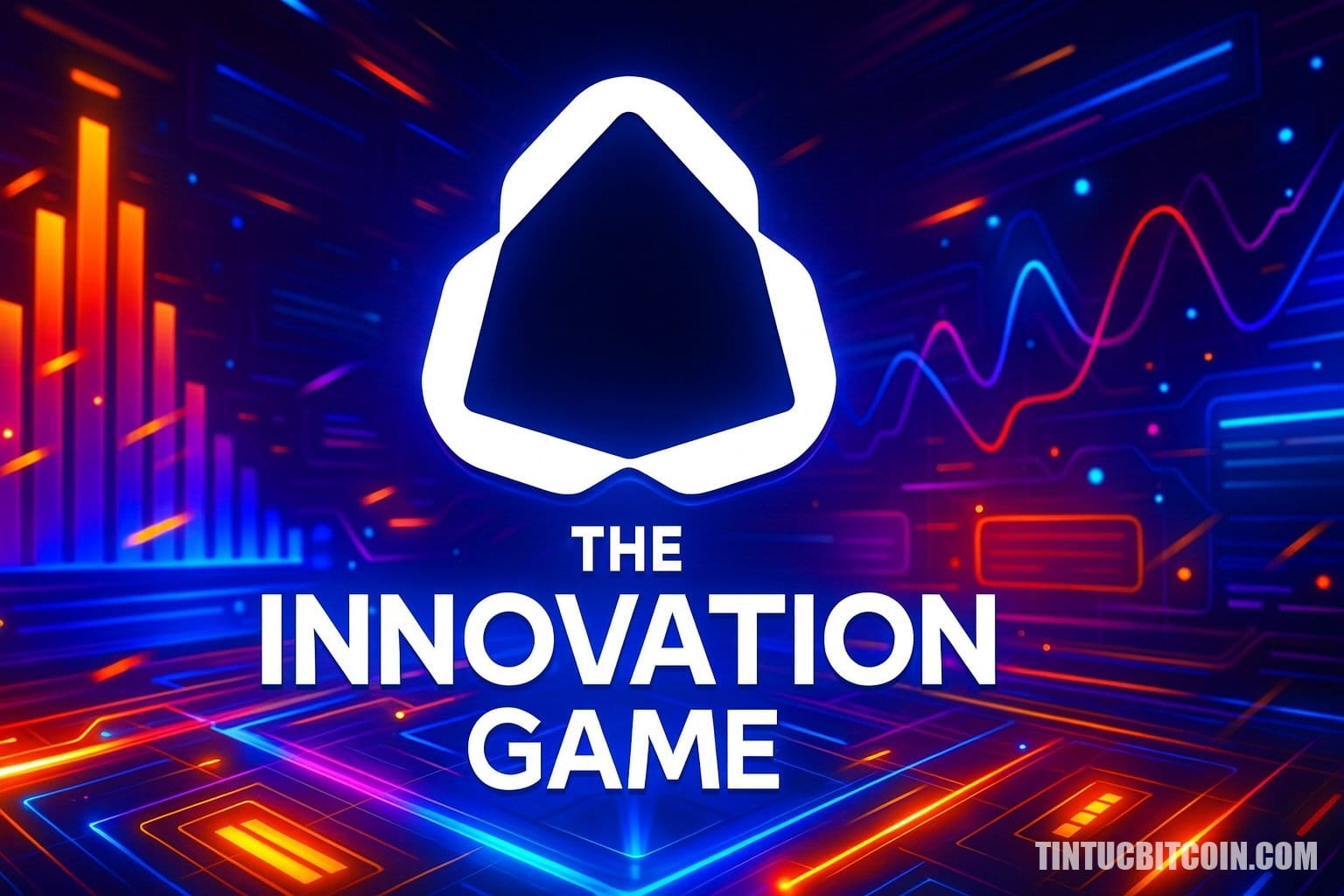
The Innovation Game (TIG) is a pioneering decentralized protocol that uses Optimisable Proof of Work (OPoW) to transform computational power into a driving force for global algorithmic innovation.
The Innovation Game creates an open market for the development and optimization of algorithms, encouraging collaboration and competition in fields such as artificial intelligence, cryptography, biomedicine, and climate science.
MAIN CONTENT
OPoW allows for the optimization of Proof-of-Work algorithms, maintaining decentralization and preventing centralization.
The TIG ecosystem includes Innovators, Benchmarkers, Challenges, businesses, and the TIG Foundation.
Rewards are allocated fairly based on performance and the level of algorithm adoption, while generating revenue from commercial licensing.
What is The Innovation Game?
The Innovation Game is a decentralized protocol using OPoW to connect global AI power, promote open innovation, and address scientific challenges.
TIG not only helps optimize algorithms but also creates a collaborative and healthy competitive environment. The project focuses on high-impact areas such as AI, cryptography, biomedicine, and climate.
"We believe that algorithmic innovation should not be confined to the labs of a large company, but needs a decentralized network for everyone to contribute."
John Doe – CEO of TIG Foundation, 2024
What is the mission of The Innovation Game?
The core goal of TIG is to harness decentralized power to create breakthroughs that exceed the limits of centralized systems.
The project aims to transform global computational power into a tool to solve urgent scientific problems. This helps maximize creative value from the community rather than just from individual organizations.
What is Optimisable Proof of Work (OPoW)?
OPoW is the core mechanism of TIG, enabling the optimization of Proof-of-Work algorithms and maintaining network balance.
Unlike traditional PoW or PoUW, OPoW creates a composite algorithm market where multiple Proof-of-Works are combined, reducing the risk of network dominance and encouraging solution diversification.
How does OPoW differ from PoW and PoUW?
PoW solves arbitrary problems to create blocks, PoUW is used for real-world problems but with fixed algorithms, while OPoW allows for continuous algorithm optimization.
The strengths of OPoW are maintaining decentralization, measuring fair impact, dynamically adjusting difficulty, and preventing centralization through multiple independent challenges.
"OPoW is an important advancement that harnesses computational power for scientific goals rather than just maintaining the blockchain."
Vitalik Buterin – Co-founder of Ethereum, quoted in an interview in 2023 on CoinDesk
What are the main components of the TIG ecosystem?
TIG consists of Innovators, Benchmarkers, Challenges, businesses, and the TIG Foundation – each party plays a special role in the operation of OPoW.
Innovators develop algorithms, Benchmarkers apply them, Challenges provide real-world problems, businesses pay licensing fees, and the TIG Foundation manages intellectual property rights.
Innovators
The group creates and optimizes algorithms, receiving rewards based on their level of adoption in the network.
They can submit new algorithms or optimization code, protected by copyright through the TIG Inbound Game License.
Benchmarkers
The group applies algorithms to solve challenges, similar to miners but encouraged to diversify their efforts.
Benchmarkers submit benchmarks through a multi-step security process, limiting fraud and optimizing rewards.
Challenges
Hard but easily verifiable problems, such as Boolean Satisfiability, Vehicle Routing, Knapsack Problem.
Multiple independent challenges are implemented to reduce the risk of centralizing computational power.
Commercial Enterprises
Businesses pay fees in TIG Tokens to use optimized algorithms for commercial purposes.
This fee becomes a revenue source to sustain the ecosystem and encourage the development of high-value algorithms.
TIG Foundation
An organization managing intellectual property rights and coordinating algorithm licensing activities.
The Foundation ensures transparency, protects IP, and promotes the application of research results.
How does TIG operate?
The TIG process revolves around OPoW, including selecting challenges, submitting algorithms, applying benchmarks, distributing rewards, and commercial licensing.
Governance is carried out by the community of token holders through voting, ensuring that the project's direction is shaped by the community.
"TIG is proof that the Proof-of-Work model can evolve to serve science and innovation."
Andre Cronje – Founder of Yearn Finance, 2024
How is the distribution and use of TIG Tokens?
The total supply is 131,040,000 TIG, running on the Base blockchain, contract 0x0c03ce270b4826ec62e7dd007f0b716068639f7b.
Tokens are used to reward those solving challenges, governance voting, commercial licensing, and trading on Uniswap V3 on the Base network.
Frequently Asked Questions
What areas does TIG focus on?
AI, cryptography, biomedicine, and climate science, aiming for positive social impact.
Who can participate in TIG?
Anyone capable of developing or optimizing algorithms, or running benchmarks to receive rewards.
Is OPoW safe?
Yes, because it applies multiple independent challenges, has anti-centralization mechanisms, and rigorous result verification.
What benefits do businesses gain from using algorithms from TIG?
Access to optimized solutions, saving research time and development costs.
Where can TIG Tokens be traded?
Currently, TIG trades on Uniswap V3 on the Base network.
Source: https://tintucbitcoin.com/the-innovation-game-la-gi-giao-thuc-phi-tap-trung-su-dung-opow/
Thank you for reading this article!
Please Like, Comment, and Follow TinTucBitcoin to stay updated with the latest news in the cryptocurrency market and not miss any important information!
